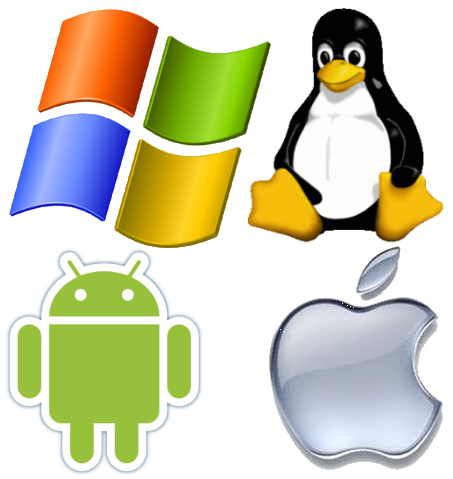Can RPM be installed in Ubuntu?
The Ubuntu repositories contain thousands of deb packages which can be installed from the Ubuntu Software Center or by using the apt command-line utility. … Luckily, there is a tool called alien that allows us to install an RPM file on Ubuntu or to convert an RPM package file into a Debian package file.
How do I install an RPM on Linux?
Use RPM in Linux to install software
- Log in as root , or use the su command to change to the root user at the workstation on which you want to install the software.
- Download the package you wish to install. The package will be named something like DeathStar0_42b. …
- To install the package, enter the following command at the prompt: rpm -i DeathStar0_42b.rpm.
17 мар. 2020 г.
How do I know if RPM is installed on Ubuntu?
How do I see what packages are installed on Ubuntu Linux?
- Open the terminal application or log in to the remote server using ssh (e.g. ssh user@sever-name )
- Run command apt list –installed to list all installed packages on Ubuntu.
- To display a list of packages satisfying certain criteria such as show matching apache2 packages, run apt list apache.
30 янв. 2021 г.
Can I use yum on Ubuntu?
3 Answers. You don’t. yum is the package management tool on RHEL-derived distributions and Fedora, Ubuntu uses apt instead. You need to learn what that package is called in the Ubuntu repos and install it with apt-get .
Is Ubuntu DEB or RPM?
. rpm files are RPM packages, which refer to the package type used by Red Hat and Red Hat-derived distros (e.g. Fedora, RHEL, CentOS). . deb files are DEB packages, which are the package type used by Debian and Debian-derivatives (e.g. Debian, Ubuntu).
What is difference between RPM and Yum?
Yum is a package manager and rpms are the actual packages. With yum you can add or remove software. The software itself comes within a rpm. The package manager allows you to install the software from hosted repositories and it will usually install dependencies as well.
How do I know if RPM is installed Linux?
To view all the files of an installed rpm packages, use the -ql (query list) with rpm command.
How do I run an RPM on Ubuntu?
How to Install RPM Packages On Ubuntu
- Step 1: Add the Universe Repository.
- Step 2: Update apt-get.
- Step 3: Install Alien package.
- Step 4: Convert .rpm package to .deb.
- Step 5: Install the Converted Package.
- Step 6: Install RPM Package Directly Onto the System on Ubuntu.
- Step 7: Possible Issues.
1 мар. 2018 г.
How do I force an RPM to install?
To install or upgrade a package, use the -U command-line option:
- rpm -U filename.rpm. For example, to install the mlocate RPM used as an example in this chapter, run the following command:
- rpm -U mlocate-0.22.2-2.i686.rpm. …
- rpm -Uhv mlocate-0.22.2-2.i686.rpm. …
- rpm –e package_name. …
- rpm –qa. …
- rpm –qa | more.
How do I know if RPM is installed?
To see where the files for a particular rpm were installed, you can run rpm -ql . E.g. Shows the first ten files installed by the bash rpm.
How do I find where a program is installed Ubuntu?
If you know the name of the executable, you can use the which command to find the location of the binary, but that doesn’t give you information on where the supporting files might be located. There’s an easy way to see the locations of all the files installed as part of the package, using the dpkg utility.
Where should I install software in Ubuntu?
To install an application:
- Click the Ubuntu Software icon in the Dock, or search for Software in the Activities search bar.
- When Ubuntu Software launches, search for an application, or select a category and find an application from the list.
- Select the application that you want to install and click Install.
How do I know if yum is installed on Linux?
How to check installed packages in CentOS
- Open the terminal app.
- For remote server log in using the ssh command: ssh user@centos-linux-server-IP-here.
- Show information about all installed packages on CentOS, run: sudo yum list installed.
- To count all installed packages run: sudo yum list installed | wc -l.
29 нояб. 2019 г.
Does Ubuntu use dpkg?
dpkg is the software that forms the low-level base of the Debian package management system. It is the default package manager on Ubuntu. You can use dpkg to install, configure, upgrade or remove Debian packages, and retrieve information of these Debian packages.
What is difference between apt-get and yum?
Installing is basically the same, you do ‘yum install package’ or ‘apt-get install package’ you get the same result. … Yum automatically refreshes the list of packages, whilst with apt-get you must execute a command ‘apt-get update’ to get the fresh packages.
